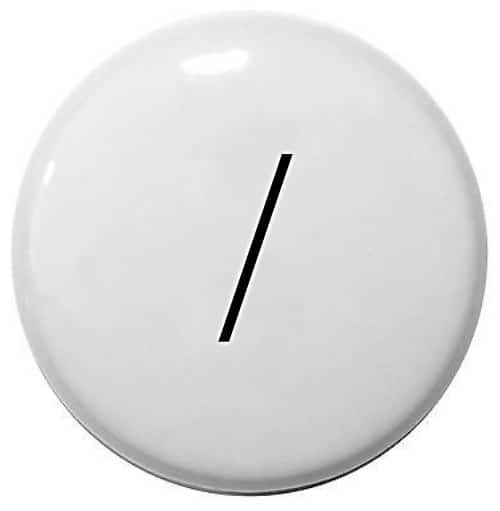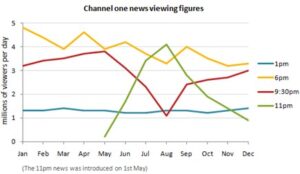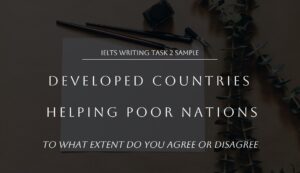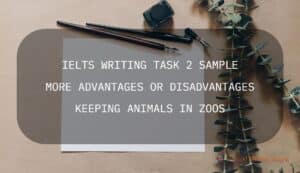When it comes to slashes, there are two types: backslash (\) and forward slash (/). The backslash is not a punctuation mark in English. It is mainly used in coding and file addresses in computer operating systems like windows. Therefore, we are going to focus on the forward slash in this article.
Note: Forward slashes are usually avoided in formal writing.
We use slashes to separate the day, month, and year in dates.
Note: You can also use periods (.) or hyphens (-) as separators in all-numeric date format, but the slash is the most common separator in such cases.
Examples:
American writing style: Month/Day/Year
Correct: 06/25/2020 (June 25, 2020)
Correct: 06.25.2020
Correct: 06-25-2020
British writing style: Day/Month/Year
Correct: 01/12/2020 (December 1, 2020)
Correct: 01.12.2020
Correct: 01-12-2020
Question: How do I know which style has been used for dates in a piece of writing?
Answer: It is the responsibility of writers to avoid confusing their readers. Writing dates in all-numeric can sometimes lead to confusion. For example, if someone wrote 03/04/2020, the reader would probably get confused. Therefore, an international date format (Year-Month-Day) has been created to avoid such confusion. This format can be used in both American and British writing styles.
Writers can follow the suggestions below to avoid confusion:
- If your readers know what style you use, you can use either American or British style. For example, the default date format in Windows Operating Systems is in American style (M/D/Y) because Microsoft is a US-based company; therefore, it makes sense that they use the American writing style.
- If you don’t want to use the international format, you can write dates like this: Her birthday is on May 7, 2020.
- If you have to use an all-numeric date, but you think your readers might get confused, use the international format to be safe.
We use slashes for certain abbreviations.
Examples:
c/o = care of
a/c = air conditioning
w/ = with
w/o = without
P/E ratio = price to earnings ratio
R/C = radio control
N/A = not available or not applicable
24/7 = 24 hours a day and 7 days a week
Note: You should avoid using such abbreviations in formal writing.
We can use a slash instead of the word “or.”
Examples:
- Someone has left his/her keys on the counter.
- You should use examples to clarify your point of view for your readers/listeners.
Slashes can sometimes be used instead of the word “and” to save space.
Example:
He is a writer/producer/actor.
Slashes can be used to show a connection or relationship between two things (sometimes conflicting relationships).
Examples:
- The Pfizer/BioNTech Covid-19 vaccine trial was successful.
- A love/hate romantic comedy
We can use a slash to indicate a period that starts in one year and ends in the next.
Note: In cases like this, the period does not necessarily include the whole year. For example, the winter of 2009/10 includes December 2009, January 2010, and February 2010.
We usually use a slash instead of the word “per.”
Examples:
- This car can go 200 miles/hour.
- It costs $5/kilo.
We use slashes to separate the parts of internet addresses.
Example:
https://www.eslfluency.com/5653/punctuation-marks/slash/
We use slashes for fractions.
Example:
2/3 = two-thirds
Writers and poets use a slash, with one space on either side, in their poems or songs to indicate a line break.
Example:
The following is a part of a poem written by Robert Frost:
I should not be withheld but that some day / into their vastness I should steal away, / Fearless of ever finding open land
Question: Do I need to add space before and after slashes?
Answer: No, you don’t. You only need to add space before and after a slash when you use it in a poem, song, or play to indicate a line break.







